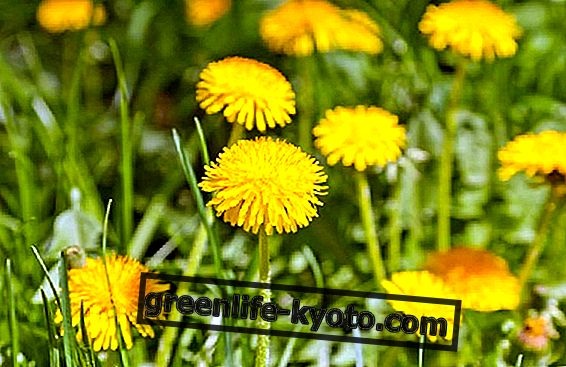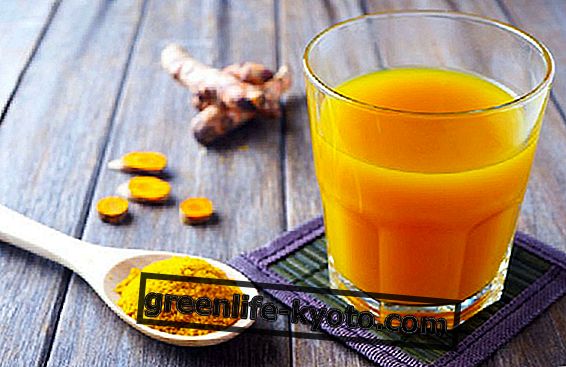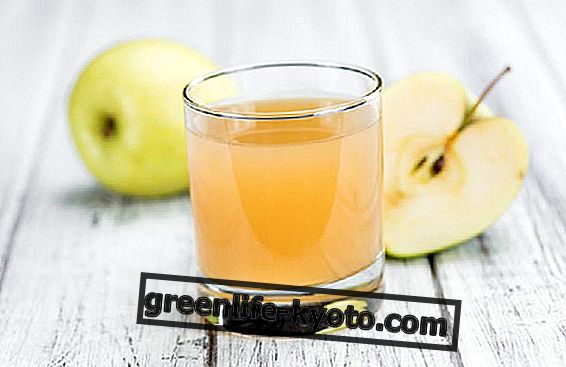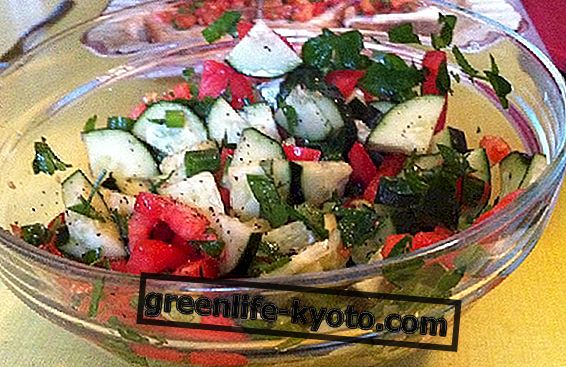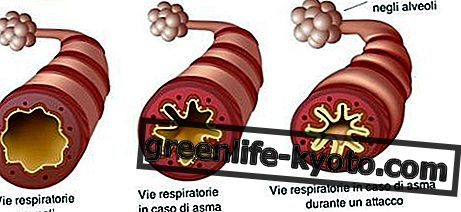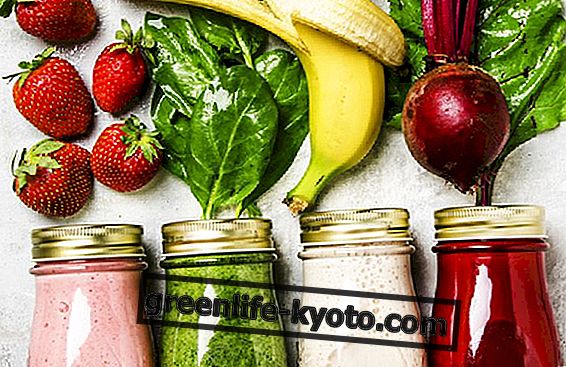
In our parts, speaking of tofu, we are more or less certain to refer to the same product. At most we can specify whether it is smoked tofu, natural or with some ingredient in it like olives or maybe seeds. That's all.
But what we discover by going to its home country of origin, China (where it is called doufu ), is that there are infinite varieties, all very different from one another, and that to get out of the world of tofu we should take a series of lessons .
Meanwhile, let's try to understand the characteristics of the tofu, without getting lost in technical details.
Tofu is a vegetable food, although resembling cheese, it is produced from soybeans, which are made with one or more chemical mixtures, both natural and synthetic, which define the organoleptic characteristics such as taste and consistency.
Tofu in the world
Among the various tofu marketed in Italy we always find products of similar consistency, which differ mostly in taste: some are sweeter while others tend to be salty or bitter. As mentioned, sometimes the tofu is smoked or flavored.
In some cases it is produced with other types of seeds other than soy : beans, beans, hemp, etc. Tofu is also a product used in Japan (which gave it the universally used name), Vietnam, Korea and other neighboring countries. We will therefore see a couple of typical varieties of these places.
Tofu varieties
In reality there are many varieties of tofu that we will now study. First of all the seasoning makes the difference : even among the classic tofu sold in blocks, there are at least four different types: soft, medium, hard, extraduro .
Everything depends on the level of drying, or better, dehydration, which can be done by the action of time, a mechanical dryer, pressure or the use of special salts.
But that's not all, to which is added the spreadable tofu, which in China is called with a name that can be translated as "silk tofu".
Generally it is very sweet and it is used fresh, immediately after having bought it from local producers, which is why it is little commercialized in Italy. Let's move on to the "five spice tofu" . It is a very compact tofu covered with a mixture of spices typical of Chinese cuisine and cooked in steam.
It matures a thin crust of very dark color, similar to the color of the liver. It has a very chewy and chewy consistency but is the best type of tofu to cook.
In Italy we will hardly see the fupi, or tofu skin . It is a highly proteinic membrane that is produced on the boiling surface of soy milk before curdling.
It is used both dry and fresh, instead of meat or as a wrapper for special rolls. Let's move on to Japan talking about inari and aburaage . They are thick blocks of tofu used as a snack, fried to look like puffed rice and finally processed with salt or sugar or soy sauce.
The smoked tofu, of which we have already spoken, is often produced in Italy with the use of special woods with which the cheeses are also smoked. It is worth mentioning that in countries like Cine a Japan instead, tofu is smoked using tea leaves.
There is also marinated tofu, often sold in small touches and ideal for salads. It is marinated in brines rich in local spices according to the different producing countries.
And the fermented tofu ? It exists, even if it is not so popular with us. Also called tofu pickle, it is generally left to ferment water and rice liqueur, which gives it the typical taste called umami . Most often it is used only for seasoning and flavoring and not as a real food.
In China it can also happen to find tofu sticks . What are? Small cylinders of tofu dried in the sun, used a bit like noodles in soups and soups. Still talking about noodles, there are tofu noodles, often marinated and brownish in color, with a very spicy color. Ideal with the egg.

